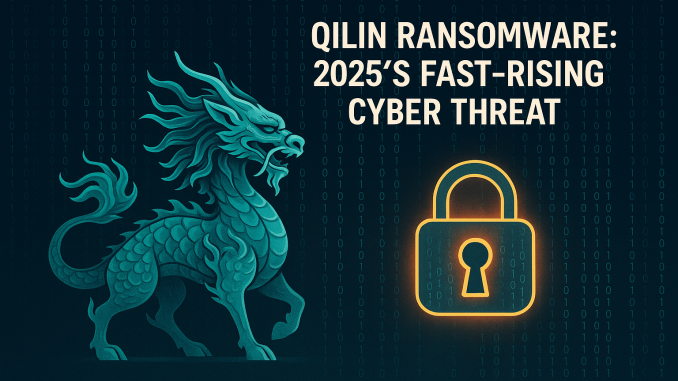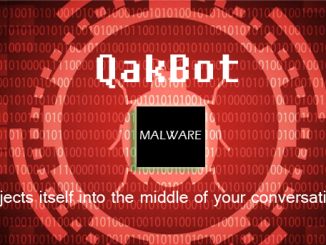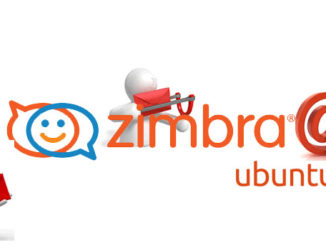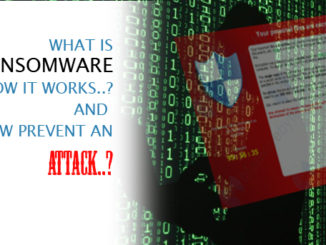
1. A Wake-Up Call from London
In June 2024, six major NHS hospitals in London had to cancel nearly 1,600 surgeries and appointments when their pathology systems were locked up by hackers. The attackers? Qilin ransomware, a new criminal gang that scrambles files and demands huge payments to unlock them.
2. What Is Qilin?
Qilin (originally known as Agenda) is part of the new generation of Ransomware-as-a-Service (RaaS) gangs.
Here’s what makes it stand out:
- Launched: First spotted in July 2022
- Business model: Anyone can rent Qilin’s malware kit and keep up to 85% of the ransom
- Programming: Built with Go and Rust so it works on Windows, Linux, and virtual machines (VMware/ESXi)
- Victim count: Over 300 companies so far, with more than 70 new victims in April 2025 alone
- Twist: Qilin even offers “lawyers-for-hire” to pressure victims into paying faster
In simple terms, Qilin works like Uber for cybercrime — the creators provide the tools, and dozens of criminals do the attacks.
3. How Does Qilin Break In?
Most Qilin attacks start with something simple:
- A phishing email tricking someone into clicking a bad link or file
- A misconfigured remote desktop (RDP) connection open to the internet
- Unpatched VPN devices (Fortinet firewalls are a big target this year)
- Loaders like SmokeLoader or NETXLOADER that sneak the ransomware onto servers without being seen
Once inside, Qilin steals passwords, disables backups, encrypts files, and demands payment — all in a few minutes.
4. What Happens During an Attack?
Here’s the typical flow:
| Stage | What happens |
|---|---|
| Access | A hacker finds a way in — usually phishing or an unpatched VPN |
| Deploy | They run a loader that installs the Qilin malware |
| Disable | It shuts down backup services, security tools, and deletes shadow copies |
| Encrypt | All files get scrambled with military-grade encryption (AES-256, ChaCha20) |
| Leak | Stolen files are uploaded to a dark web site |
| Ransom note | The victim sees a message: Pay up, or your data goes public |
This “double extortion” method — lock the files and leak them — is now standard for modern ransomware groups.
5. Why Qilin Worries Cybersecurity Teams
Qilin is more than just a copycat. It’s worrying because:
- It’s cross-platform — one attack can hit Windows PCs, Linux servers, and ESXi virtual hosts at once
- Affiliates can get 24/7 chat support, DDoS add-ons, and legal threats to scare victims
- It’s fast-growing — after other gangs shut down, Qilin filled the gap and is now one of the world’s top ransomware players
6. Real-World Damage in 2025
Recent examples:
- Cobb County, Georgia (USA) — 400,000 sensitive files exposed in May 2025
- Fortinet VPN exploitation — companies worldwide targeted with a new zero-day exploit
- Hospitals and clinics in the UK, US, Spain, and Mexico still recovering
Qilin doesn’t care about industry — if your network is vulnerable, you’re a target.
7. How to Defend Against Qilin
You don’t need expensive tools to stop 90% of ransomware attacks. These basics work:
✅ Patch fast. Always update VPNs, firewalls, and virtualisation software.
✅ Enable multi-factor authentication (MFA) for email, remote access, and admin accounts.
✅ Keep offline, tested backups. And practice restoring them.
✅ Train staff. Phishing is still the #1 entry point.
✅ Segment your network. Don’t let one infected laptop reach your entire server room.
8. Extra Tips for IT & Security Pros
- Block unused services like RDP and SMB at your network edge.
- Monitor for suspicious Go/Rust binaries or unusual process activity.
- Alert if shadow copies are deleted — it’s an early sign of ransomware.
- Use threat intel feeds and share Indicators of Compromise (IOCs) with your team.
9. Final Thoughts
Qilin is proof that ransomware is now big business, with slick marketing, partner programs, and aggressive new tricks. But simple basics — patching, MFA, training, and tested backups — still work.
Stay prepared. Stay patched. And share this article with your team to keep everyone ready.
Sources: The Hacker News, SentinelOne, HIPAA Journal, BleepingComputer, NHS reports, Fortinet advisories.



